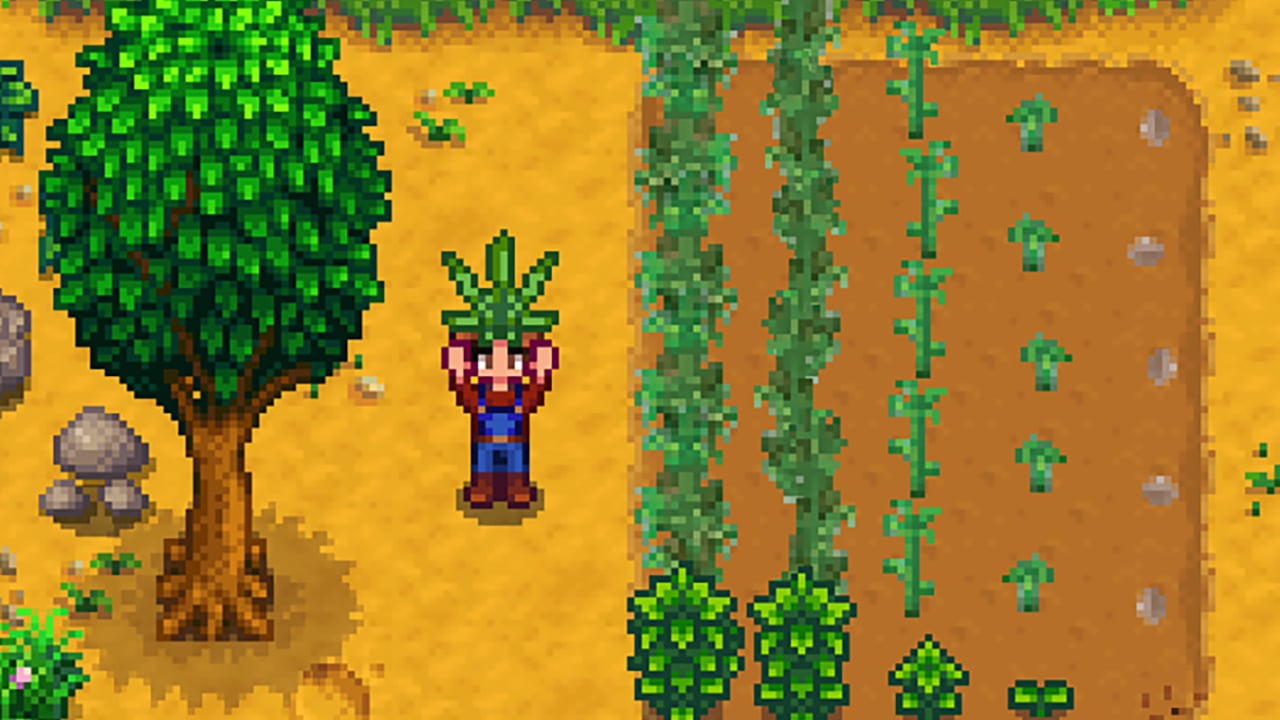
ConcernedApe's Stardew Valley took the world by storm when it launched a few years ago. It was yet another farming simulation game in a market full of them, and at first glance, it doesn't seem like it really does much different.
If you give it a longer glance and compare it to its biggest competition, you find Stardew Valley isn't just unique among the farming-life sim genre. It's the best offering out there right now.
Rune Factory has monsters, and Farming Simulator has...farms. Harvest Moon is an all-time classic, while Story of Seasons tries to improve on the formula with more and bigger of everything. Staxel and My Time at Portia take the farming sim in a completely new, and much bigger direction.
They each revolve around a specific trait or activity that gives them a unique identity.
Stardew Valley manages to combine elements of everything, though, including combat, exploration, crafting, and life-sim. The characters are a big draw too. Yes, Penny tells you a thousand times that she likes helping kids learn, but she's an easily recognizable character — a trope, but one that's tied more to everyday life instead of media conventions.
More importantly, it makes farming the core focus, which is typically what you're looking for in a farming game. It's not just a fun mechanic thrown in out of obligation. It's integral to progressing in the game and to getting a sense of satisfaction.
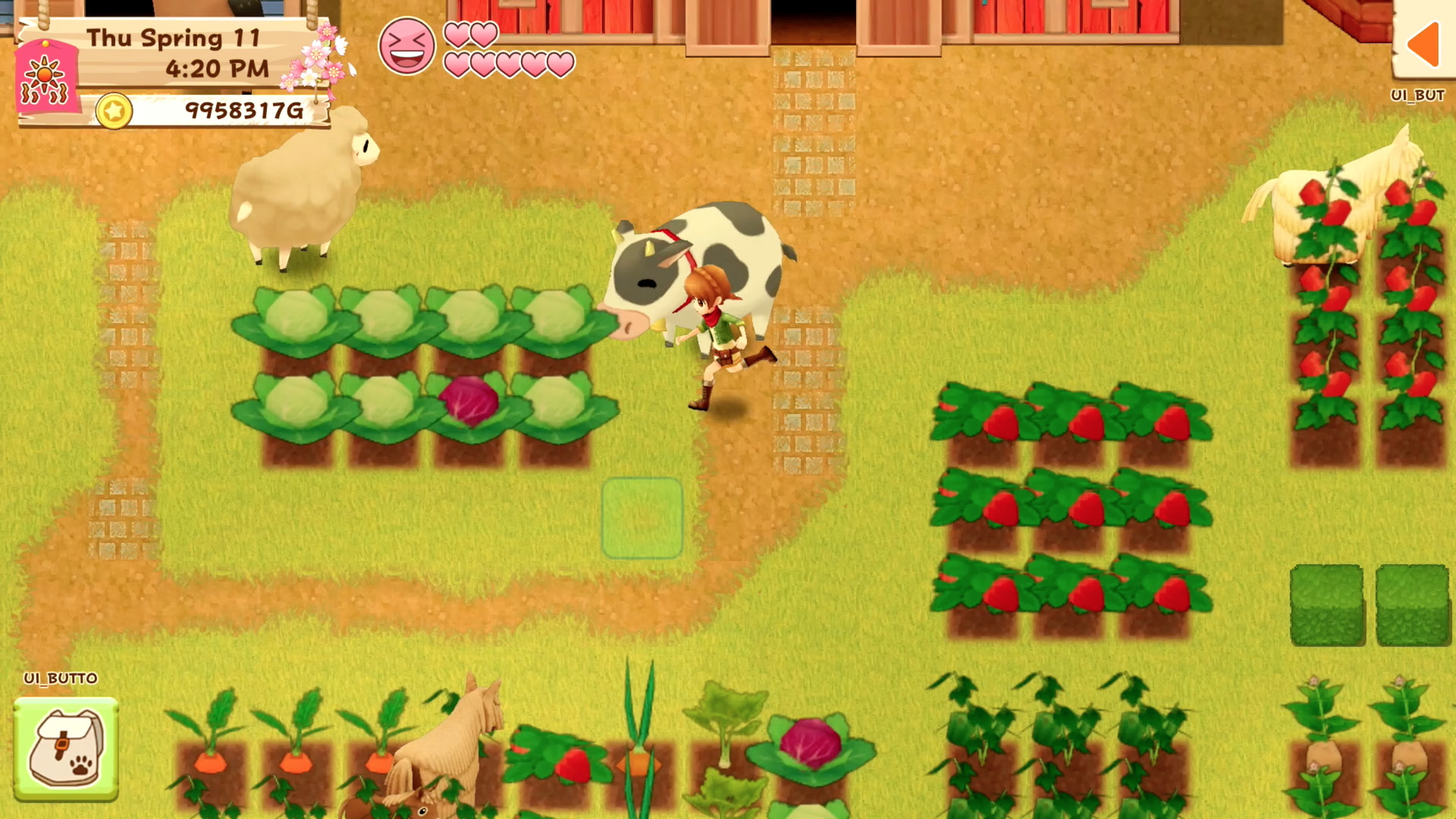
Stardew Valley vs. Harvest Moon - To a Point
Pitting Stardew Valley against Harvest Moon (Natsume's Harvest Moon, old and new) is like demanding a grandparent fight their grandchild. Without Harvest Moon, there would be no Stardew Valley. However, there's also no denying that Harvest Moon has lost its way over the years.
You could argue the best Harvest Moon is Back to Nature, 64, or Friends of Mineral Town.
Harvest Moon 64 improved the graphics in a meaningful way, added a memorable soundtrack, and Back to Nature added further depth to the game and the characters of Mineral Town, and FoMT did it all again in a slightly different and even more robust flavor. Farming was the core focus, and everything still felt fresh in the series.
From there, things started to deteriorate a bit. A Wonderful Life and Hero of Leaf Valley, along with Save the Homeland, were interesting ways to add a different sense of accomplishment — though why someone thought making you die at the end of AWL was a good idea is beyond me. Still, they missed the point of a Harvest Moon game in the process by centering them around a definite point.
Later entries were fun, if iterative, including Sunshine Islands and Grand Bazaar. The last good Harvest Moon was A New Beginning, which despite not doing a whole lot to shake things up did at least include new design and customization mechanics.
Part of the issue is how Harvest Moon hamstrung itself with the adventure hybrid series Rune Factory, relegating the base series solely to farming with Rune Factory taking the more dynamic approach.
Today, the Harvest Moon we get in North America and Europe isn't the Japanese series Bokujou Monogatari, as it's traditionally been. Instead, recent Harvest Moon titles are unique games developed by Natsume, rather than the Marvelous-developed series we've all come to know and love over the years.
In the West, Bokujou Monogatari (which used to be called Harvest Moon here) is now called Story of Seasons, and that's seen its fair share of changes as well.
Harvest Moon: Light of Hope shows how that all's been going.
Stardew takes advantage of all those different styles, then wraps them up in the simplicity of an older Harvest Moon game. You've got the dungeon exploration aspect, farming, socialization, quirky townsfolk, building, and customization.
There are several, varied goals to work towards as well if you want to restore the Community Center, which goes a long way in keeping things interesting.
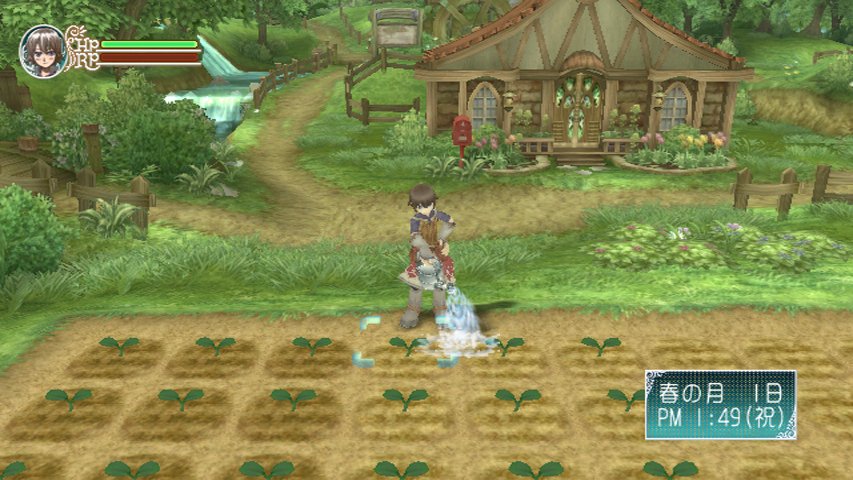
Stardew Valley vs. Rune Factory
The Rune Factory series is probably one of the stronger contenders for the farm crown. A lot of it is built into Stardew Valley after all, including monster ranching and the mine acting as a sort of dungeon.
The Rune Factory games are also quite charming, though one could argue the series didn't really come into its own until Rune Factory 4 with its expanded story, more interesting character roster, and excellent localization.
Where Rune Factory fails against Stardew is in how the former deals with the farming mechanic, particularly in RF4.
The Rune Factory games aren't about runes or factories. They're about upgrading as much as possible — your gear, your farms, your relationships, and your crops and soil, but not your own farming or growing abilities.
Growing quality crops in Stardew is part RNG and part planning. Fertilize the soil, and you'll get some good returns, if you're lucky. Over time, you can expand your operations as you take back your farm from nature and plan everything the way you want. It's your corner of the world to do with as you see fit.
Rune Factory has you upgrade crop levels so they're consistently worth more, and there's even a Giantizer to help ensure giant crops more often. It fits the series' fantasy theme, and it frees up time to do other things, sure.
However, it takes away some of the charm and satisfaction of seeing those gold star melons pile up in your inventory or waking up one morning to find a giant turnip peeking in your window.
That's because Rune Factory isn't really about that kind of satisfaction.
Farming is one of many activities, but after a short while, it clearly takes a backseat to other tasks, like relationship building or exploration, most of which doesn't rely on slowly creating a viable, vibrant farm. Shoot, you can even get a monster army to do everything for you, a lot earlier than you can recruit Junimos in Stardew.
In short, Stardew puts the farming first and lets everything else grow as a natural offshoot from that. Rune Factory has its place, but not necessarily as a top farming sim game.
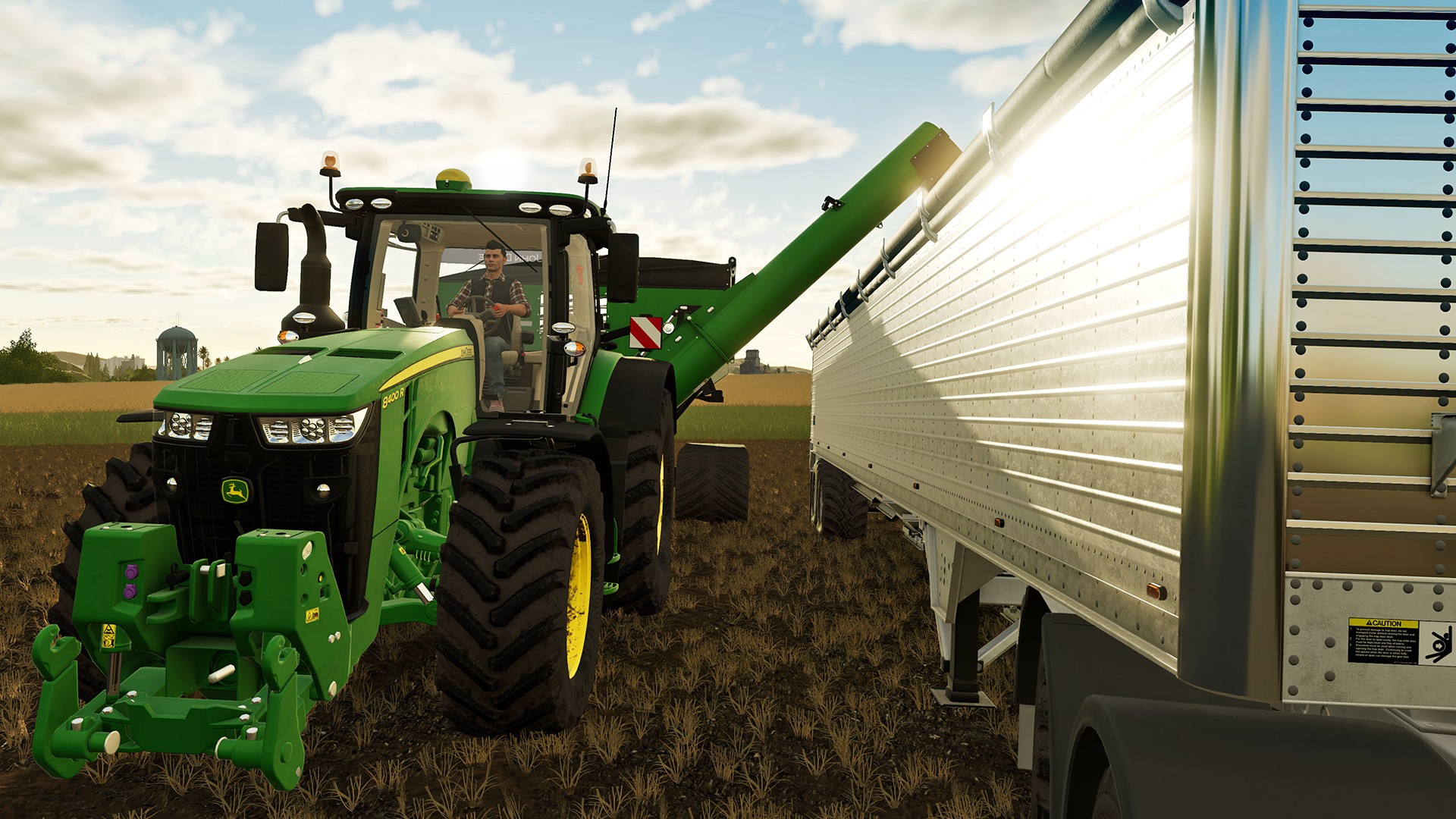
Stardew Valley vs. Farming Simulator
If Rune Factory emphasizes the fantasy element and exploration too much, Farming Simulator does the exact opposite.
The series' focus shouldn't be too difficult to figure out, given its name. Farming Simulator is basically the agricultural version of Sim City or Cities: Skylines. You're in complete control of your farm, from purchasing plots and fields to buying machinery, keeping everything watered, and pretty much everything an actual farmer would do.
It's an impressive management and business game, and while the realism in the graphics isn't tremendously impressive, the more recent iterations certainly look good. Farming Simulator 19 even introduces John Deere machines for the first time, and you can't get more farm-y than that.
It also represents the main reason why it can't stack up to Stardew Valley. On its own, FS is fine, but there's no denying Stardew is a better game all around.
For one thing, FS is a rather lonely experience. Since the focus is farm management, you don't get the social aspect that's practically synonymous with "farming game" thanks to Harvest Moon. It's a business, so there's no place for getting attached to your animals either; they're just another asset to manage.
No magical or even monstrous small creatures to help make your farm a bright and lovely place either.
Stardew Valley respects the fact that people need to leave their farms and businesses every now and again, even if it's just to wander around in the forest — the forest that can't be bought and turned into another field.
Then there's the other problem of reality: it's too real. The appeal of managing one's own farm quickly withers when you live in a rural area. You see farms and John Deere when you leave the house, it's all anyone talks about, it's on the news every day, and unless you're really dedicated, it's the last thing you want to see when you jump into a game world.
Sometimes, a bit of fantasy isn't a bad thing.
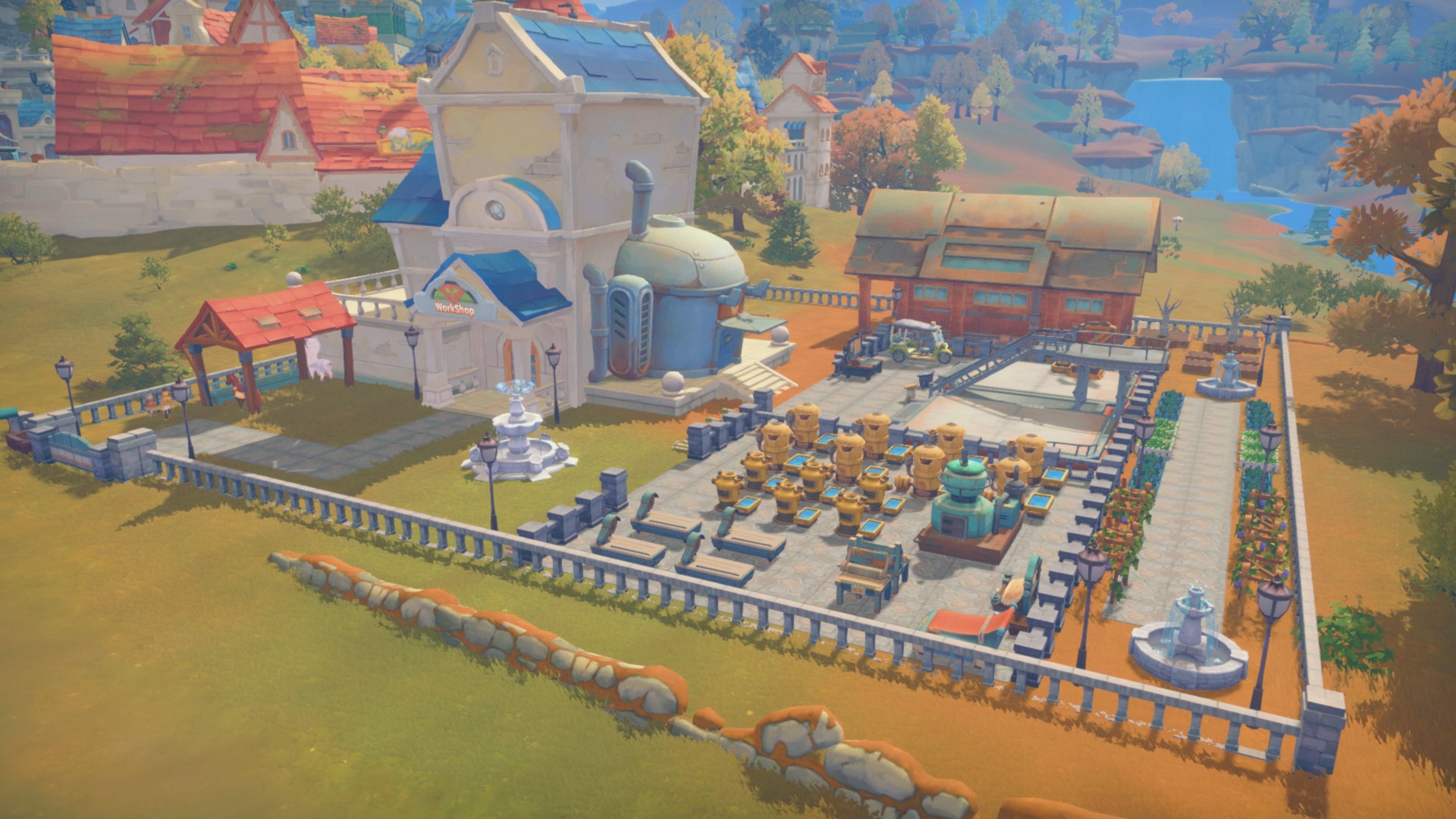
Stardew Valley vs. My Time at Portia
My Time at Portia is getting a lot more attention recently thanks to its Switch release, though not all of it is good attention. Still, it's a solid game with an almost intimidating amount of things to do in it.
Farming is but one of them, and it takes a side-role from the beginning. In a twist in the classic Harvest Moon formula, Portia has you work to rebuild your grandfather's workshop, not just his farm.
Doing that involves farming and raising animals, but the main emphasis here is really the crafting and exploration — which isn't all that surprising given the player's task to rebuild an entire civilization.
It really comes across more like a combo of Rune Factory and Minecraft or Dragon Quest Builders, especially when you add in the gigantic world to explore and the combat. The world in Portia is huge, and there are constantly new things to build to help you explore it even further.
That said, despite the game being billed as a life-sim in the style of Stardew or Harvest Moon, it really can't stack up in the farming department. Like Staxel, everything you do is done to get materials for accomplishing a bigger goal.
Crafting is fun, expansive, and addictive, definitely. However, when I think farming sim game, small-scale comes to mind.
Making 10 kegs to use those hops for something more profitable is small scale; building a bridge to explore new areas, make new things, and get people to come live in your town while you try and open up bigger areas for more profit is more like an adventure-sim game.
Where Portia can't compete, even with its bigger scale and fulfilling adventure, is characters. They're interesting and plentiful, but something about them felt shallow in comparison.
Now, you might think that's ironic when Shane's biggest motivating factor is his pet chicken, though what it really comes down to is the human element. Portia's characters fill a narrative purpose and have interesting backgrounds like a character from a novel — not like someone you know in your own town.
In short, My Time at Portia is good at what it does, but it's better suited for a long, sprawling adventure instead of an intimate story of building relationships with your neighbors.
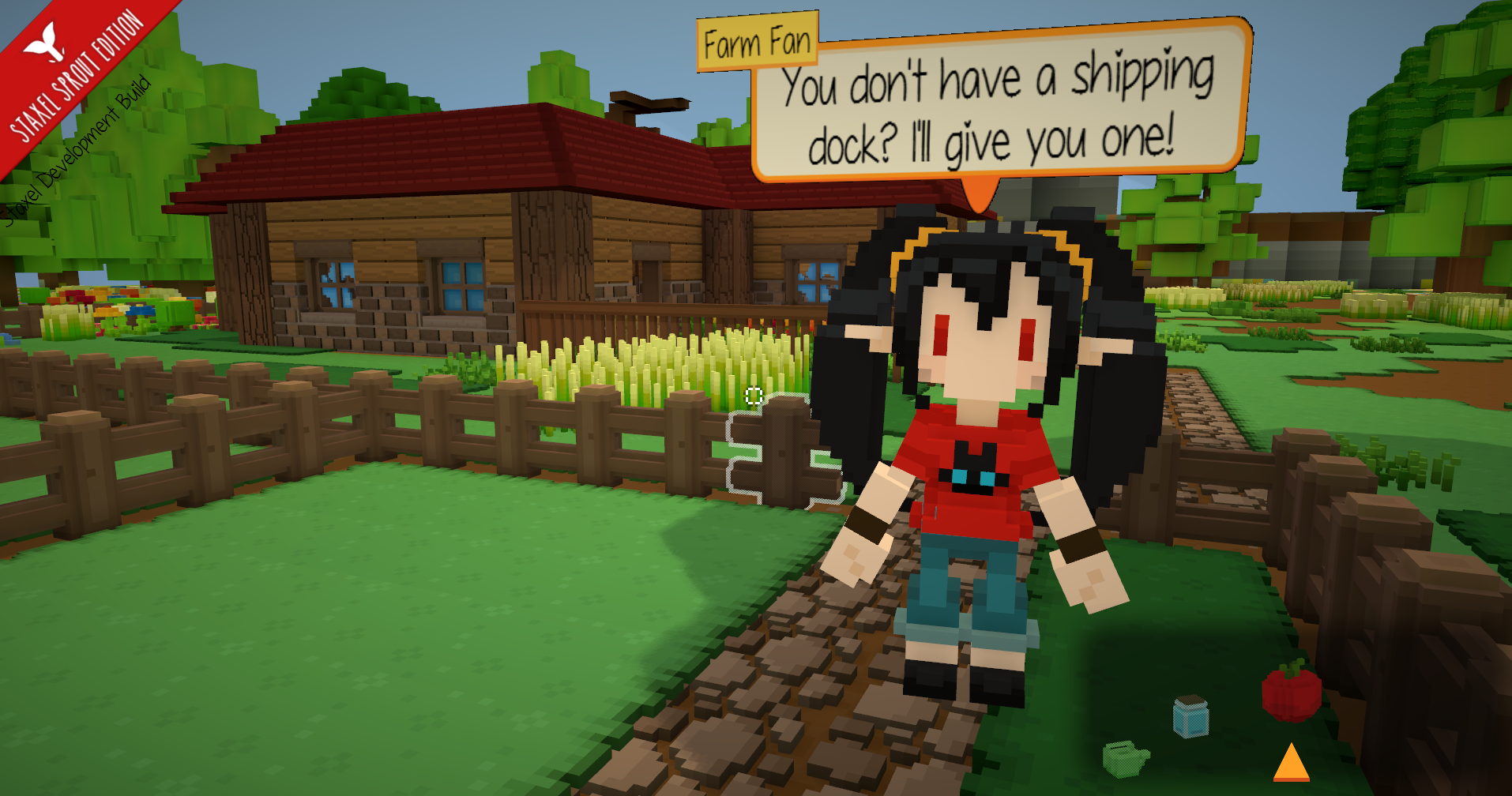
Stardew Valley Vs Staxel
Staxel does a lot of things right. It's a bright and cute take on the blocky Minecraft style, and there's oh-so-much to do. Staxel even lets you customize your world and home, much like Stardew Valley, and there are plenty of relationships to forge as you go about your business.
Your days are structured much more effectively than Harvest Moon and even Stardew Valley to an extent, since you've got plenty of time to do what you want even after all your chores are done.
So why is Stardew Valley better?
For starters, Staxel treats farming a lot like Farming Simulator does. It's definitely a business arrangement before it's anything else. Farming gives you materials you need to create buildings and develop your town — and you need a lot of materials.
That's one of Staxel's biggest problems: the grind for materials. Farming is made easy, probably to account for the grind, but having the ability to cut your farming tasks short so soon, and making farming just the means to an end, takes some of the satisfaction away.
Stardew makes you work for a while before you can even get the materials for a decent sprinkler that hopefully works every day. True, the goal of farming is to make money for other things, but in most cases, that money is used to buy more goods for your farm, or it gets put back into the town in some form or another. It's not just fodder for Petals (Staxel currency) and materials.
It's an interesting drawback given how the game starts off so similar to Stardew and other farm-life sim games, putting you in charge of renovating a run-down farm.
The socialization falls short as well. Villagers don't have personalities that pop like in Stardew, and they are admittedly a bit creepy thanks to the otherwise-cute aesthetic. They do play into the game's lore, but ultimately they come across like fillers more than interesting personalities to befriend.
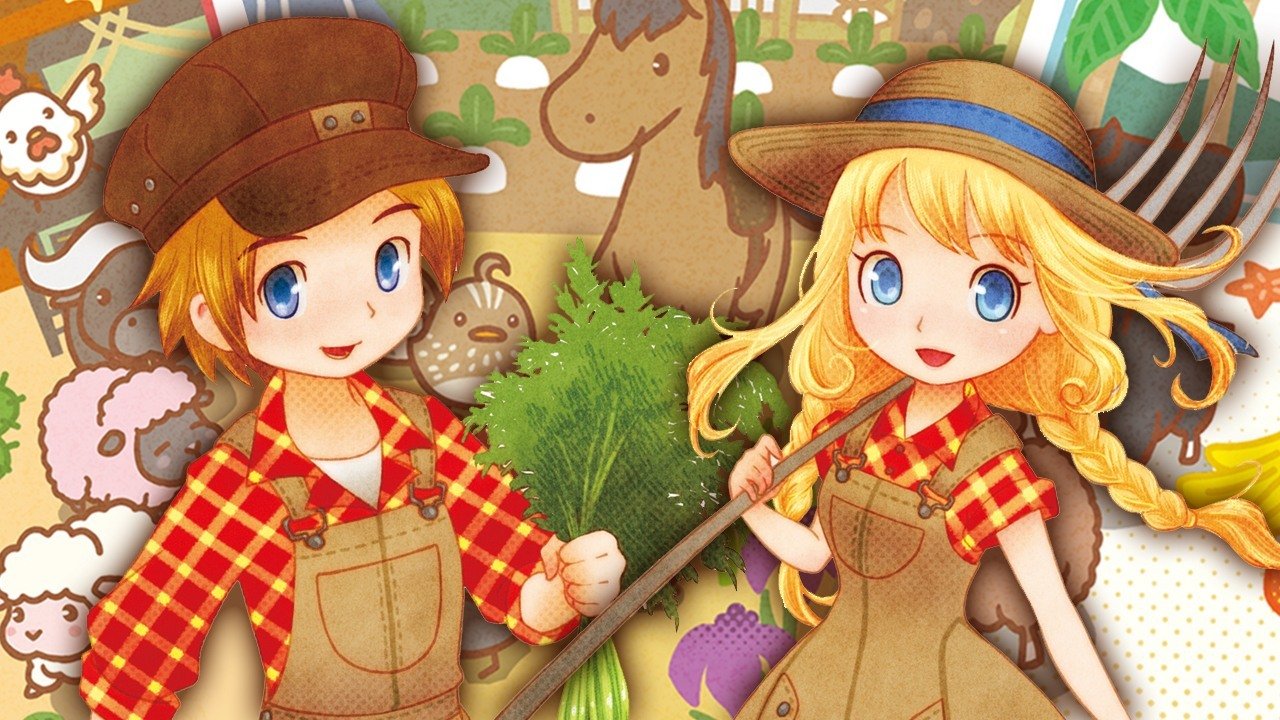
Stardew Valley Vs Story of Seasons
Story of Seasons occupies an interesting position in the farm-and-life-sim genre. It is different from Harvest Moon, but not all that different. That's because it actually is Harvest Moon, thanks to the confusing name change and company swap mentioned earlier.
Either way, what it primarily does is expand on everything old HM (when it was HM still) already established. For example, in the original Story of Seasons, you get more characters, more personality, more crops, more stuff to do, and more animals.
It also tries to hearken back to the olden days of brutal farming with a sharp difficulty curve that makes money-earning very, very challenging indeed.
Trio of Towns takes it further, trying to improve on the Tale of Two Towns concept by, again, adding yet more. The towns are bigger, the themes in each are more pronounced, there are even more animals, people, and crops, plus you have a ton of activities to do outside of farming.
Unfortunately, it doesn't really establish an identity for itself other than the more colorful, playful Harvest Moon. That doesn't mean the games aren't fun, because they are, but it takes more than loading on content to create a champion game.
Take the characters, for example. Trio of Towns falls into the same trap Tale of Two Towns did. There are more places to go and people to see, but each is fairly limited because of that.
Stardew Valley's characters might not be the most detailed and complex ever. However, they're interesting all the same, since they each represent a specific personality trait or life problem that resonates with people — even Shane the chicken man. Sure, they'll say the same line for an entire season, but you want to learn more about them.
Stardew's other mechanics are fairly basic when you think about it. However, they work well together. Mining is simple, but serves an important purpose both in expanding your farm and getting special gifts; there aren't 50 million crop varieties, but you can do a lot with a few things and shape your farm — and life — around just a handful of crops.
In some cases, simple is just better.
---
Comparing these games and series isn't an easy task, since they're all top rank in what they try to do. With everything Stardew Valley has to offer, though, with the promise of even more single and multiplayer content to come, that's the one you'll find me going back to every time for a bit of quality farm fun.






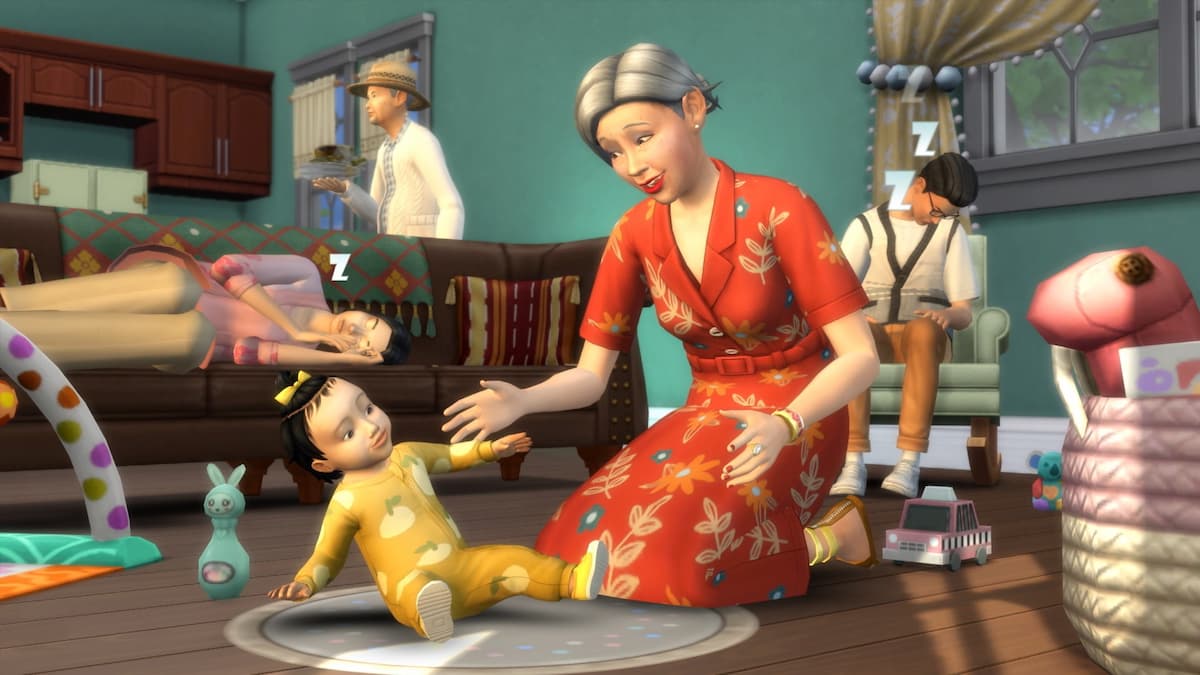
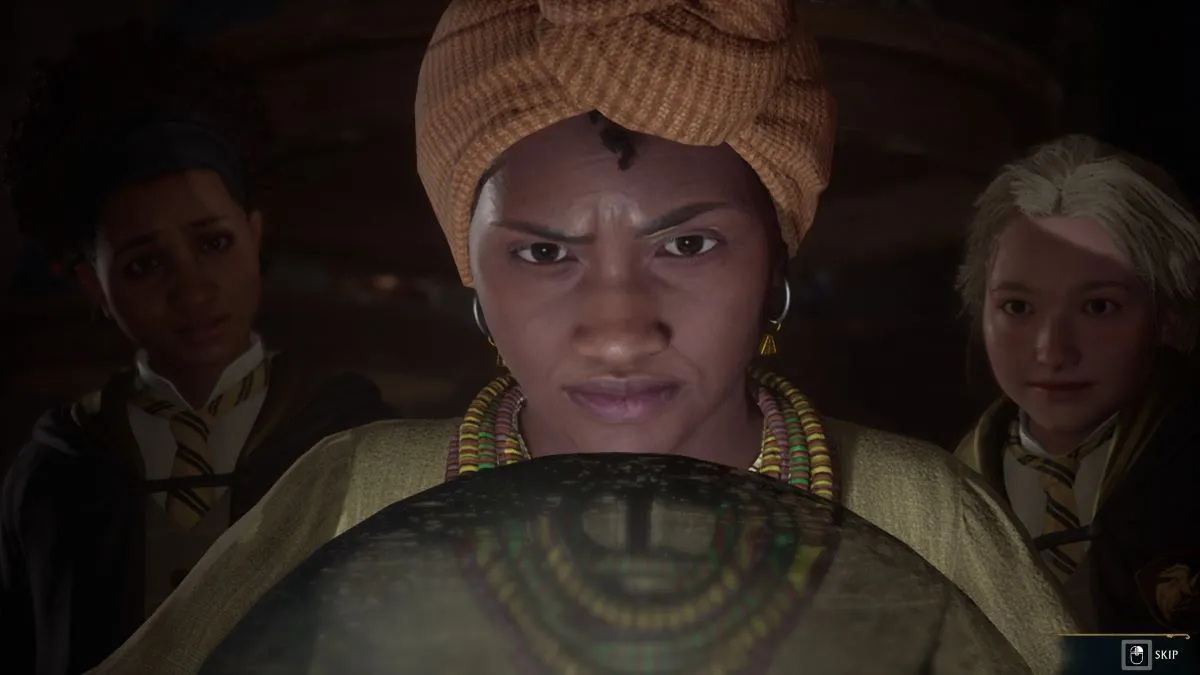
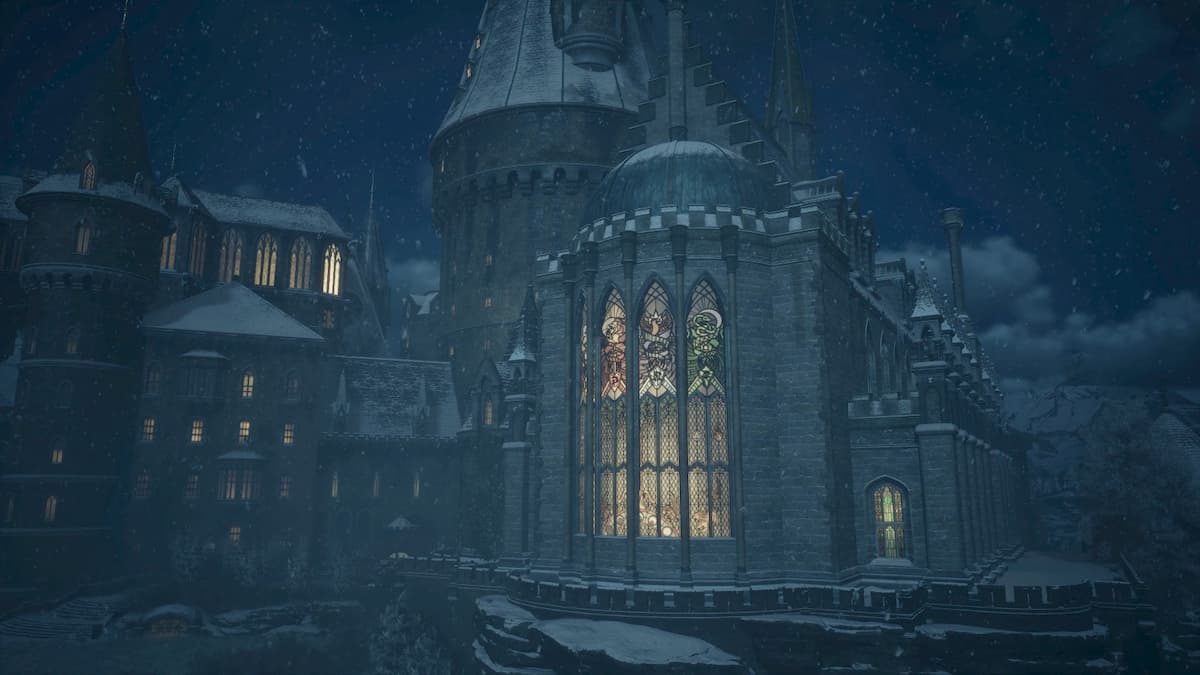
Published: May 16, 2019 12:38 pm